国际学生入学条件
You will be asked to list the institutions you attended, dates of attendance, and any degrees earned. You will be asked to provide any test scores available or dates of any future tests. Graduate applicants with international coursework are required to submit transcripts (academic) and proof of degree (diploma/degree certificate) both in the original-language and an English translation, from all post-secondary schools attended, to Graduate Admissions. Transcripts/grade reports are required from all post-secondary schools attended. The student must have earned at least 30 units of coursework listed on the official program of study with a minimum grade point average of 3.0. Review the graduate requirements by Country web page for country-specific information. Failure to submit the required country-specific documents listed will result in your application being canceled. Official transcripts have been received indicating English as the principal language of instruction. All graduate and post-baccalaureate applicants (regardless of citizenship status) applying to SDSU from an international institution where the medium of instruction was not English must submit one of the following as proof of English proficiency:
TOEFL minimum score of 80 iBT, 550 PBT. IELTS overall score of 6.5 or higher.
展开
IDP—雅思考试联合主办方

雅思考试总分
6.5
- 雅思总分:6.5
- 托福网考总分:80
- 托福笔试总分:550
- 其他语言考试:PTE minimum score of 58 or higher
CRICOS代码:
申请截止日期: 请与IDP联系 以获取详细信息。
课程简介
Bioinformatics (we also include Systems Biology here) and Medical Informatics (also called Biomedical, Health, or Clinical Informatics) are related multidisciplinary fields that rely on data mining and pattern recognition techniques to discover biological or clinical patterns in large amounts of data, e.g. data mining. The majority of research and development (R&D) in the two fields can be categorized into one of three branches. The first branch is the algorithm development branch in which R&D specialists use mathematical and engineering techniques (sometimes also approaches from physical sciences) to develop new, more efficient, and/or more accurate methods to mine biological or clinical data. The second branch falls within the software engineering paradigm and primarily focuses on R&D in human-computer interface. Specifically, the branch deals with data visualization and the design of graphical user interface (GUI) that allows the user to easily visualize and interpret the results of the algorithms developed by the first branch. The third branch includes those who work on finding answers to specific biological or medical questions. This includes those working to uncover the underlying mechanisms involved in specific biological systems or specific diseases. This branch also includes much of the work being conducted in the area of Systems Biology. This program offers training for all three branches of the two fields. Students can specialize in their area of interest in the second year of the program, while the first year is individually tailored to primarily fill in the holes in the student's background required for her/his desired specialization. During the first year, students usually take basic courses within two of the following four disciplines (depending on their background): Biology, Chemistry, Computer Science, and Mathematics/Statistics. All students are required to hold a thesis proposal presentation, but the oral thesis defense is only required for students in the classical MS track.
展开







 预科
预科 奖学金
奖学金 实习机会
实习机会 在校学习
在校学习 跨境学习
跨境学习 校园授课-线上开始
校园授课-线上开始 在线/远程学习
在线/远程学习
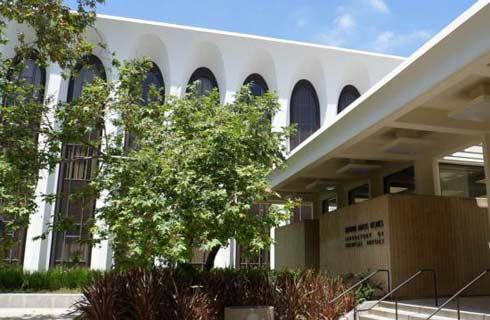





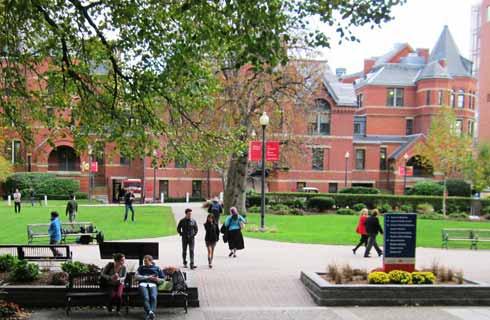

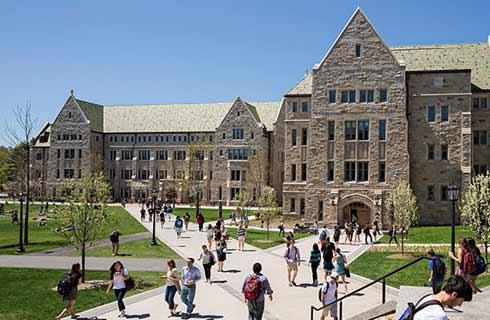




 兰加拉学院
兰加拉学院

 乔治梅森大学-INTO USA
乔治梅森大学-INTO USA
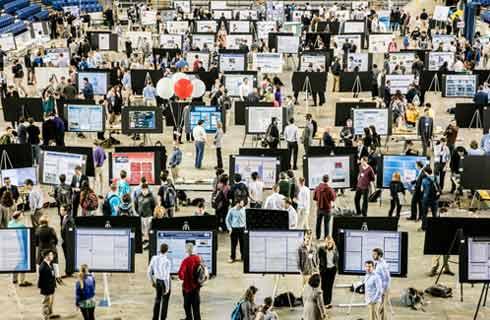
 特拉华大学
特拉华大学
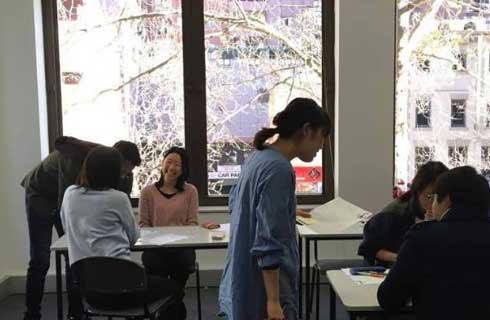
 弗吉尼亚联邦大学 - Navitas USA
弗吉尼亚联邦大学 - Navitas USA

 乔治梅森大学-INTO USA
乔治梅森大学-INTO USA

 波士顿大学
波士顿大学










